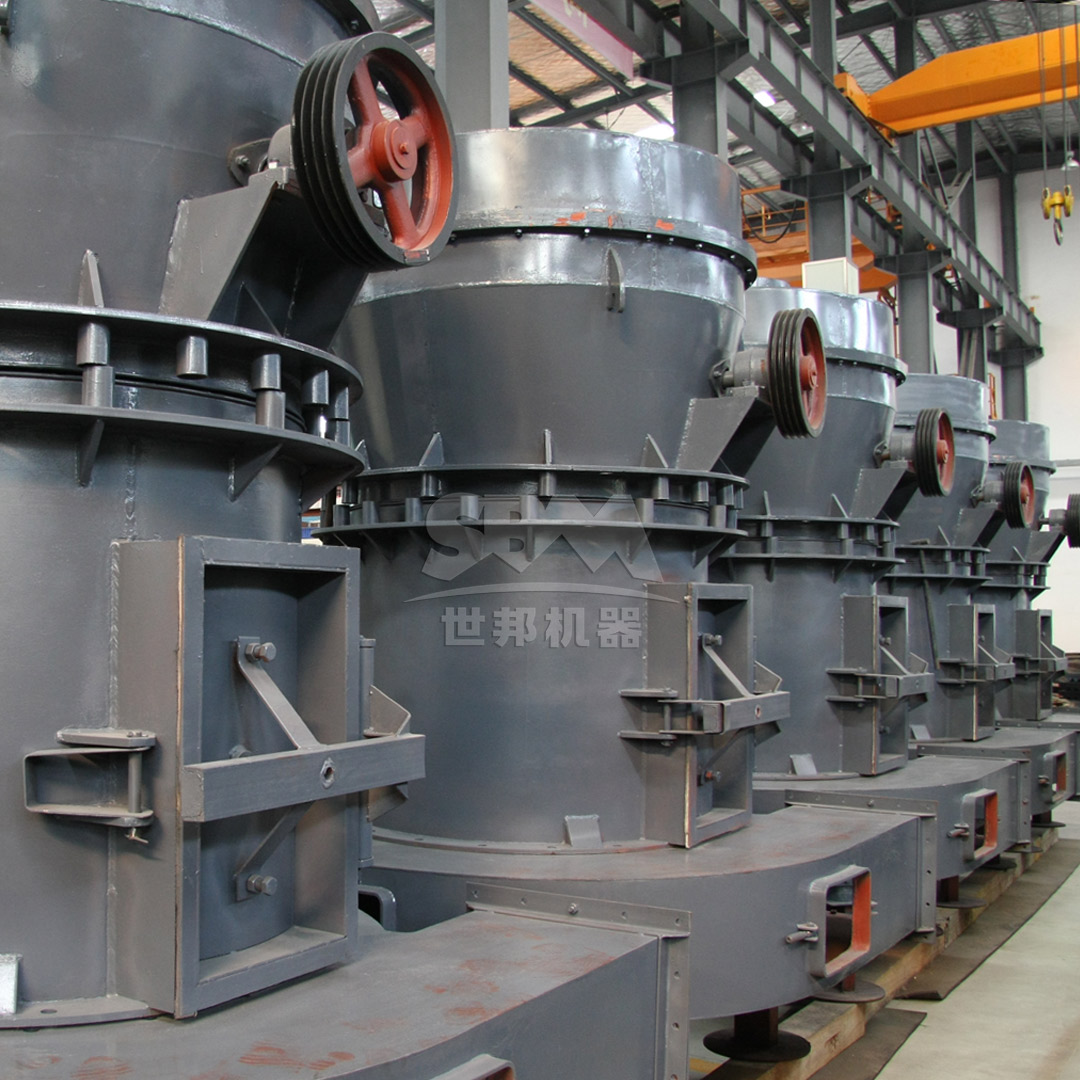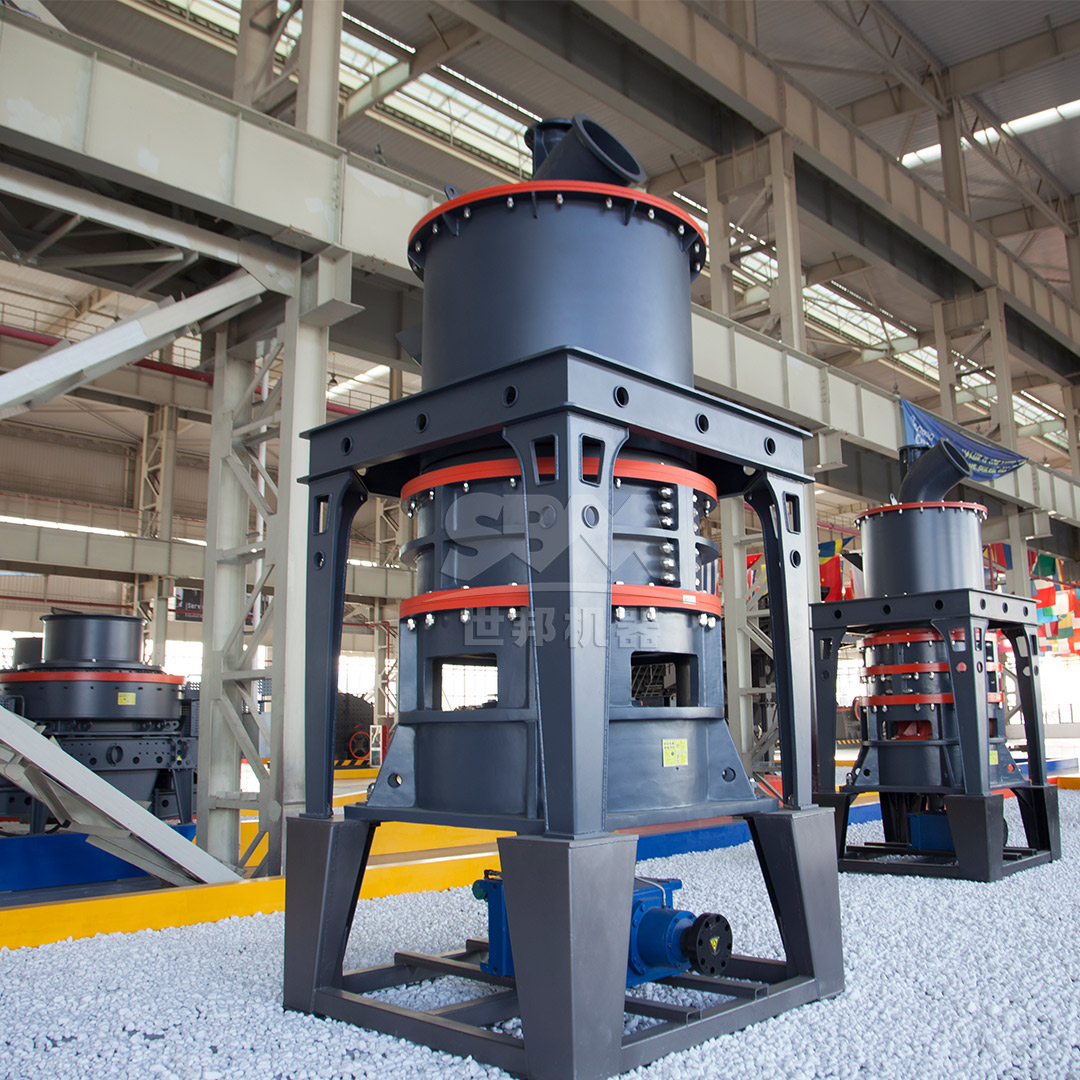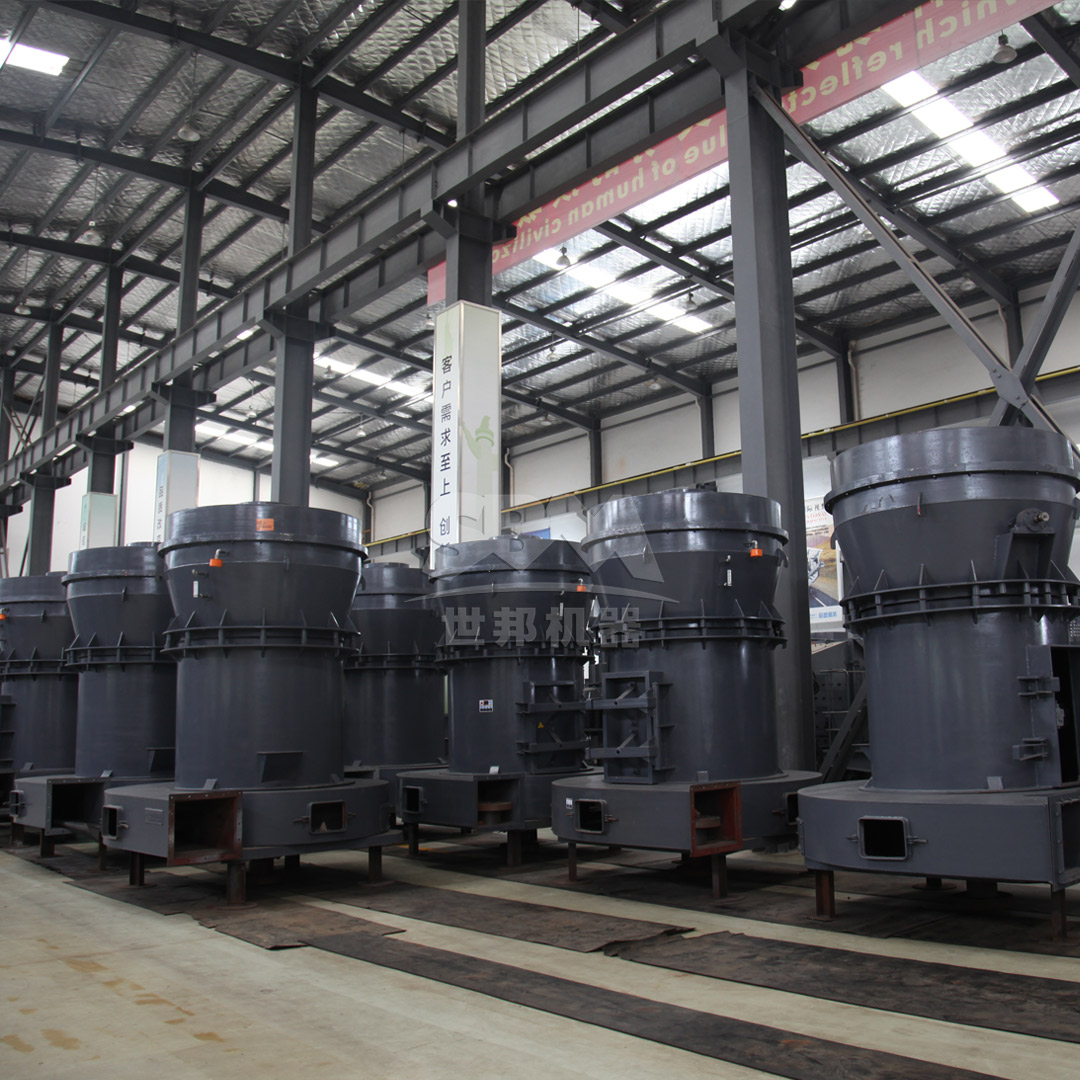Material hardness stands as one of the most critical factors in the selection and configuration of industrial grinding equipment. The Mohs scale and other hardness measurement systems provide a fundamental understanding of a material’s resistance to deformation and wear, which directly impacts grinding efficiency, operational costs, and equipment longevity. This comprehensive analysis explores how material hardness dictates grinding machine selection, with specific recommendations for various industrial applications.
Material hardness, typically measured on scales such as Mohs, Vickers, or Brinell, determines the energy required for size reduction and the wear imposed on grinding components. Harder materials like quartz (Mohs 7), corundum (Mohs 9), or tungsten carbide require significantly different grinding approaches compared to softer materials like talc (Mohs 1) or gypsum (Mohs 2).
The relationship between material hardness and grinding energy consumption follows an exponential curve. As hardness increases beyond Mohs 5, the energy requirement for comminution rises dramatically. This relationship necessitates careful consideration of grinding mechanisms, machine power, and wear resistance when selecting equipment for specific material processing.
| Material Hardness (Mohs) | Representative Materials | Relative Grinding Energy Requirement | Recommended Grinding Mechanism |
|---|---|---|---|
| 1-3 | Talc, Gypsum, Calcite | Low (1-2x) | Impact, Attrition |
| 4-6 | Fluorite, Apatite, Feldspar | Medium (3-5x) | Compression, Impact |
| 7-8 | Quartz, Topaz | High (6-10x) | Compression, Shear |
| 9-10 | Corundum, Diamond | Very High (15-30x) | Specialized High-Pressure Grinding |
Materials falling in the Mohs 1-5 range, including limestone, marble, barite, and gypsum, are well-suited for medium-speed grinding equipment with compression and impact mechanisms. For these applications, our MTW Series Trapezium Mill provides an optimal solution with its balanced approach to energy efficiency and processing capacity.
The MTW Series features a unique curved blade design that minimizes wear while maintaining high grinding efficiency. Its锥齿轮整体传动 system achieves up to 98% transmission efficiency, significantly reducing energy consumption for these moderately hard materials. With processing capacities ranging from 3-45 tons/hour and output fineness adjustable between 30-325 mesh, this equipment handles the majority of industrial minerals with excellent cost-effectiveness.

As material hardness increases into the Mohs 5-7 range, including materials like feldspar, iron ore, and clinker, grinding equipment must incorporate enhanced wear resistance and higher power density. Our LM Series Vertical Roller Mill excels in this category with its robust construction and advanced grinding technology.
The LM Series employs a unique non-contact design between grinding rollers and the grinding table, extending wear part life by up to 3 times compared to conventional mills. This feature is particularly valuable when processing abrasive materials that would rapidly degrade conventional grinding surfaces. With capacity ranging from 3-250 tons/hour and the ability to handle feed sizes up to 50mm, this equipment provides exceptional versatility for medium-hard material processing.
For operations requiring precise control over product fineness while processing materials up to Mohs 7, the LM Series offers integrated drying, grinding, and classification in a single compact unit, reducing installation footprint by 50% and infrastructure costs by 40%.
Processing materials with hardness exceeding Mohs 7 presents significant technical challenges, including extreme wear rates and high energy consumption. For these demanding applications, specialized equipment with superior wear resistance and high-pressure grinding mechanisms becomes essential.
Our SCM Ultrafine Mill represents the pinnacle of hard material processing technology, specifically engineered to handle challenging materials while producing ultrafine powders down to 5μm. The mill incorporates specially hardened grinding components with exceptional wear resistance, extending service life multiple times compared to conventional mills.
For ultra-hard materials like zircon sand, silicon carbide, or fused alumina, the SCM Series delivers unparalleled performance with energy consumption 30% lower than jet mills and double the production capacity. The vertical turbine classification system ensures precise particle size control without coarse particle contamination, critical for high-value applications of hard materials.

The selection of appropriate wear materials for grinding components represents one of the most critical decisions in hard material processing. For materials above Mohs 6, high-chromium alloys, ceramic composites, or specialized hardened steels become necessary to maintain operational efficiency and minimize downtime.
Our grinding equipment incorporates modular wear part systems that enable rapid replacement and minimize maintenance windows. The patented quick-change roller assembly system in our LM Series allows complete roller replacement in under 8 hours, significantly reducing production losses during maintenance cycles.
Hard material grinding typically accounts for 30-50% of total plant energy consumption, making efficiency optimization paramount. Advanced grinding systems incorporate several energy-saving features:
Our MTW Series demonstrates these principles with its弧形风道优化 that reduces airflow energy loss and increases transmission efficiency. Combined with the锥齿轮整体传动 system operating at 98% efficiency, these features deliver substantial energy savings for hard material processing.
A recent installation at a silica processing plant demonstrates the effectiveness of matching equipment capability to material hardness. The operation processes high-purity quartz (Mohs 7) to D97 = 10μm for electronics applications.
Using the SCM1000 Ultrafine Mill, the plant achieved a consistent output of 6.8 tons/hour with specific energy consumption of 42 kWh/ton. The specialized hardened grinding components maintained stable performance for over 3,200 operating hours before requiring maintenance, significantly exceeding the performance of previous equipment.
The vertical turbine classification system provided exceptional product quality with no detectable coarse particles, meeting stringent customer specifications for electronics-grade silica. The integrated pulse dust collection system maintained workplace dust levels below 2mg/m³, ensuring compliance with industrial hygiene standards.
| Performance Metric | Previous Equipment | SCM1000 Mill | Improvement |
|---|---|---|---|
| Output (tons/hour) | 4.2 | 6.8 | +62% |
| Energy Consumption (kWh/ton) | 58 | 42 | -28% |
| Wear Part Life (hours) | 1,800 | 3,200 | +78% |
| Product Quality (D97) | 12μm | 10μm | +17% finer |

The evolution of grinding technology continues to address the challenges posed by hard materials. Emerging trends include:
Our ongoing research and development program focuses on these areas, with particular emphasis on extending equipment capabilities for materials above Mohs 8 while reducing specific energy consumption by an additional 15-20% over current benchmarks.
Material hardness remains the fundamental parameter guiding industrial grinding machine selection. From soft minerals processed in trapezium mills to ultra-hard materials requiring specialized ultrafine grinding systems, matching equipment capability to material characteristics ensures optimal performance, energy efficiency, and operational economy.
Our comprehensive range of grinding equipment, including the MTW Series for medium-hard materials, LM Series for demanding applications, and SCM Series for ultra-hard ultrafine grinding, provides solutions across the hardness spectrum. By considering material hardness alongside other factors such as capacity requirements, product fineness, and operational constraints, industrial operations can achieve their processing objectives with maximum efficiency and minimum total cost of ownership.